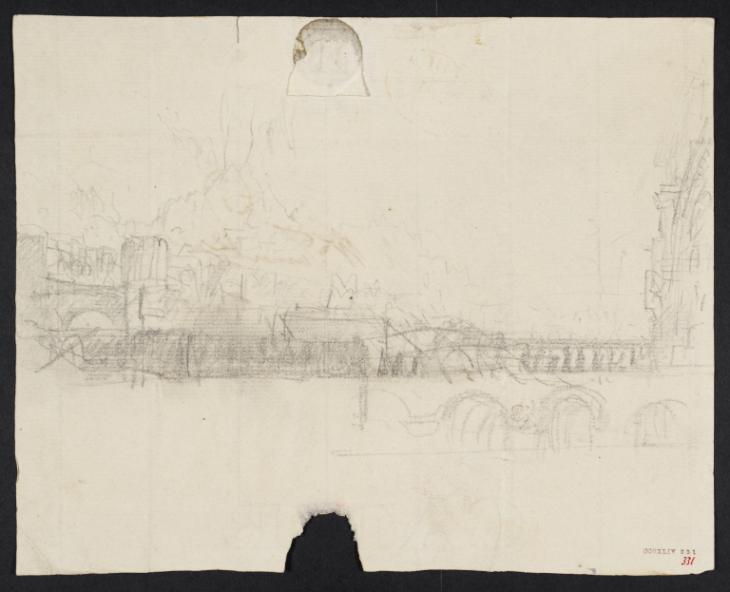References
How to cite
Matthew Imms, ‘A Classical Townscape, with a Volcano Erupting Beyond c.1824 by Joseph Mallord William Turner’, catalogue entry, August 2016, in David Blayney Brown (ed.), J.M.W. Turner: Sketchbooks, Drawings and Watercolours, Tate Research Publication, March 2017, https://www

